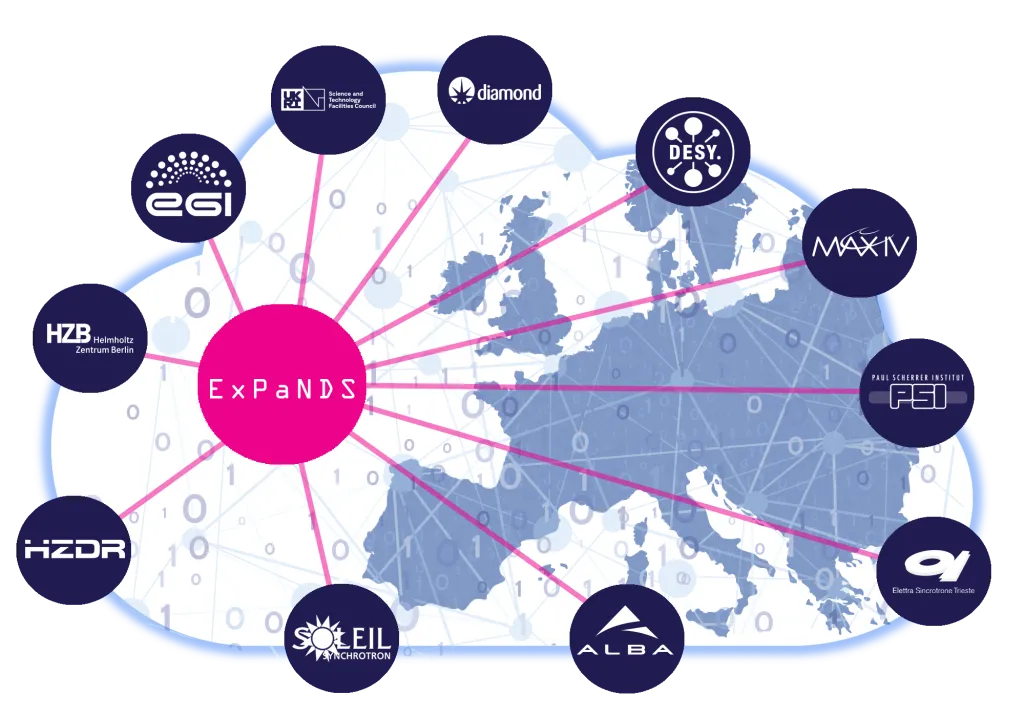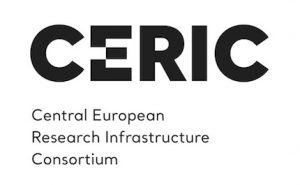Training materials
-
video, slides
Neutron crystallography to inform drug design targeting SARS-CoV-2 main protease
COVID research neutron drug development neutron crystallography
-
video, slides
DOI, FAIR and MX COVID-19 use case
COVID research FAIR fragalysis drug development XChem PDB zenodo wp5-ExPaNDS
-
video
Introduction to Liquid-State Nuclear Magnetic Resonance (NMR)
Liquid-state NMR NMR Nuclear Magnetic Resonance life sciences COVID research nucleic acids research biochemistry drug development